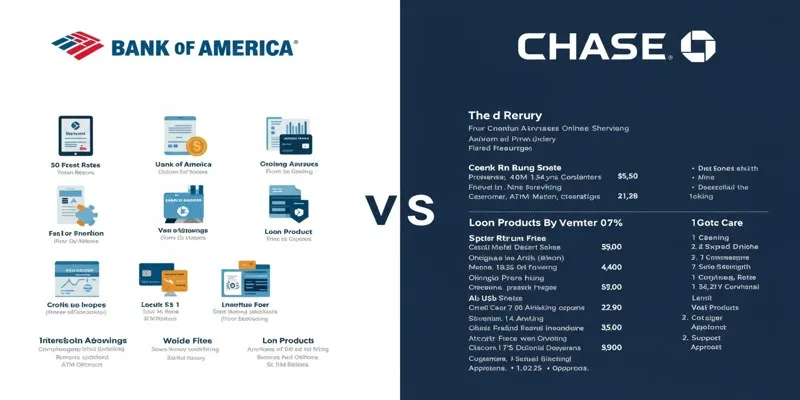Understanding Yield Farming: A Comprehensive Guide to Its Workings and Future
Yield farming has emerged as a fascinating tool in modern finance, offering individuals a chance to earn passive income by participating in structured financial ecosystems. At its core, yield farming allows participants to maximize their returns through the strategic deployment of their funds into digital financial systems.

While it sounds simple, the underlying mechanisms are far more intricate, blending elements of financial planning, market dynamics, and risk assessment.
Understanding how yield farming works is essential to appreciating its potential and pitfalls. This article will delve into the mechanics of yield farming, highlight key platforms and strategies, discuss the associated risks and rewards, and explore what the future holds for this innovative system. By the end, you’ll have a solid grasp of its foundational concepts and why it’s gaining traction in modern finance.
Mechanics of Yield Farming
Yield farming is a method of generating returns through lending, staking, or investment in structured financial pools. It works on the principle of financial incentivization; users receive rewards according to their contributions to these ecosystems. It’s much like conventional farming—plant seeds (invest funds), tend to the fields (participate actively), and reap the harvest (earn returns).
The core mechanism of yield farming mostly revolves around the liquidity pools. They function as a collective financial resource, where participants deposit funds to support broader financial activities, such as lending or market making. In return, contributors earn a share of fees generated or additional tokens as rewards.
Another important factor in yield farming is the reward structure. Frequently, the return rates depend on factors such as the duration of participation, the amount contributed, and the underlying performance of a system. Returns also change dynamically depending on demand and other external factors affecting those returns.
Key Platforms and Strategies
There are several platforms supporting yield farming’s ecosystem, catering to different strategies and financial goals. They provide a backbone for participants to earn rewards efficiently. Some are simple, offering systems to deposit funds, while others are more complex and better suited for experienced users.
Staking is one of the popular yield farming strategies. This involves locking funds for a period in return for regular rewards. Staking is a predictable way to benefit from yield farming but requires minimal management effort. The other common approach is lending, where individuals provide funds for loans and earn interest in return.

For those seeking higher returns, leveraging is another strategy often employed. This involves borrowing funds to amplify participation in yield farming pools, potentially increasing returns but also magnifying risks. The choice of strategy often depends on an individual’s risk appetite, financial expertise, and long-term goals.
The importance of diversification cannot be overstated in yield farming strategies. Spreading funds across multiple platforms and pools can help mitigate risks while optimizing returns. However, selecting reliable platforms and understanding their mechanisms is critical to ensuring a successful yield farming experience.
Risks and Rewards of Yield Farming
Yield farming, while lucrative, comes with its share of risks and rewards. On the rewards side, participants can earn significant passive income by strategically engaging in the system. The appeal of high returns often drives individuals to explore this method of financial growth.
However, these rewards do not come without risks. One of the primary challenges is market volatility. The dynamic nature of returns means that participants must remain vigilant and adaptive. A downturn in performance or unexpected market shifts can lead to reduced returns or even losses.
Additionally, there are risks related to system reliability. Yield farming relies heavily on the integrity of platforms and the financial ecosystems they support. Technical glitches, inefficiencies, or even fraudulent activities can jeopardize the security of funds. It’s crucial to thoroughly research platforms and strategies before committing resources.
Another key risk involves liquidity. Withdrawing funds from liquidity pools, especially during periods of high activity, can sometimes lead to delays or losses due to fluctuating market conditions. Participants must also be prepared for potential fees associated with transactions and participation, which can erode returns if not properly accounted for.

Balancing the risks and rewards of yield farming requires careful planning, continuous learning, and active monitoring. It’s not a “set it and forget it” system; success depends on understanding the intricacies of participation and staying informed about changing conditions.
The Future of Yield Farming
The evolution of yield farming points to a future filled with potential growth and innovation. As financial systems continue to adapt to technological advancements, yield farming is poised to become a more accessible and efficient way to engage with modern financial opportunities. One anticipated development is the simplification of processes. Currently, yield farming often requires significant technical knowledge and active management. Future advancements may focus on streamlining these systems, making them more user- friendly for a broader audience.
Another key area of growth lies in transparency and regulation. As yield farming gains popularity, establishing clear standards and practices will be essential to fostering trust and stability in the system. This could include enhanced security measures, standardized risk assessment protocols, and robust support mechanisms for participants.
Lastly, the integration of yield farming into mainstream financial practices could further enhance its appeal. By bridging the gap between traditional and modern financial systems, yield farming has the potential to redefine how individuals engage with their financial resources. Its future hinges on continued innovation, education, and collaboration within the financial ecosystem.
Conclusion
Yield farming represents an intriguing blend of opportunity and complexity, offering individuals a chance to earn passive income through strategic financial participation. Its mechanics revolve around liquidity pools, reward structures, and strategic planning, making it an appealing yet challenging system to navigate. By understanding its workings, exploring key platforms and strategies, and weighing the associated risks and rewards, participants can approach yield farming with confidence. The future of yield farming holds immense potential, promising a more accessible and integrated financial landscape.








